- Free shipping available on orders over £100 (UK) £250 (EU) and $300 rest of the world
WOW633 HP Hampden – John Hannah
$1,450.00
Out of stock
Description
Description
WOW633 Hampden – John Hannah
The Handley Page Hampden was a British twin-engine medium bomber operated by the Royal Air Force. It was part of the trio of large twin-engine bombers procured for the RAF, joining the Armstrong Whitworth Whitley and Vickers Wellington. The Hampden was powered by Bristol Pegasus radial engines a variant known as the Handley Page Hereford had in-line Napier Daggers. It was often referred to as the ‘flying suitcase’ due to its narrow width which made flying in the Hampden a cramped experience.
The Hampden served in the early stages of the Second World War, bearing the brunt of the early bombing war over Europe, taking part in the first night raid on Berlin and the first 1,000-bomber raid on Cologne.
With the outbreak of war in 1939, Hampdens were initially used to perform armed aerial reconnaissance missions, observing German naval activity during daylight. However, despite its speed and manoeuvrability, the Hampden proved to be vulnerable tor Luftwaffe fighters and required an RAF fighter escort for daytime operations. In December 1939 Bomber Command is claimed to have discarded the belief that aircraft such as the Hampden could realistically operate by day and instead chose to predominantly employ them under the cover of darkness during night-time operations. During 1940 Hampdens of 5 Group conducted 123 night-time airborne leaflet propaganda missions, losing only a single aircraft in the process. The Hampden was 53.7 feet in length and had a wingspan of 69 feet.
Hampden OL W was the aircraft in which John Hannah received his VC for his brave actions. On 15 September 1940 wireless operator Sgt John Hannah of 83 Squadron took off in Hampden
P1355/OL-W to attack German invasion barges assembling near Antwerp, Belgium. His aircraft was badly damaged by flak during the strike, the fuel tanks were hit and a fire broke out in the bomb bay. Hannah, who was just 18 at the time, made his way to the rear of the aircraft to find that the gunner had already baled out. The young Scotsman tackled the blaze, firstly with extinguishers, and then – even as the floor of the cabin started to melt – by beating at the flames with his logbook. Though badly burned, he succeeded in his efforts, enabling the pilot to bring the crippled aircraft home.
John Hannah was awarded the VC, becoming its youngest ever recipient for aerial operations. Hannah was so weakened by his injuries that he was discharged from the RAF, with full disability pension, in December 1942. His health did not improve significantly and he died in Leicestershire on 7 June 1947. His VC is on display at the RAF Museum Hendon.
Our 1/30 scale model is a limited edition of 2 pieces worldwide and is priced at $1200 plus postage.
The figures and accessories are shown for scale comparison purposes only and are not included.
Reviews (0)

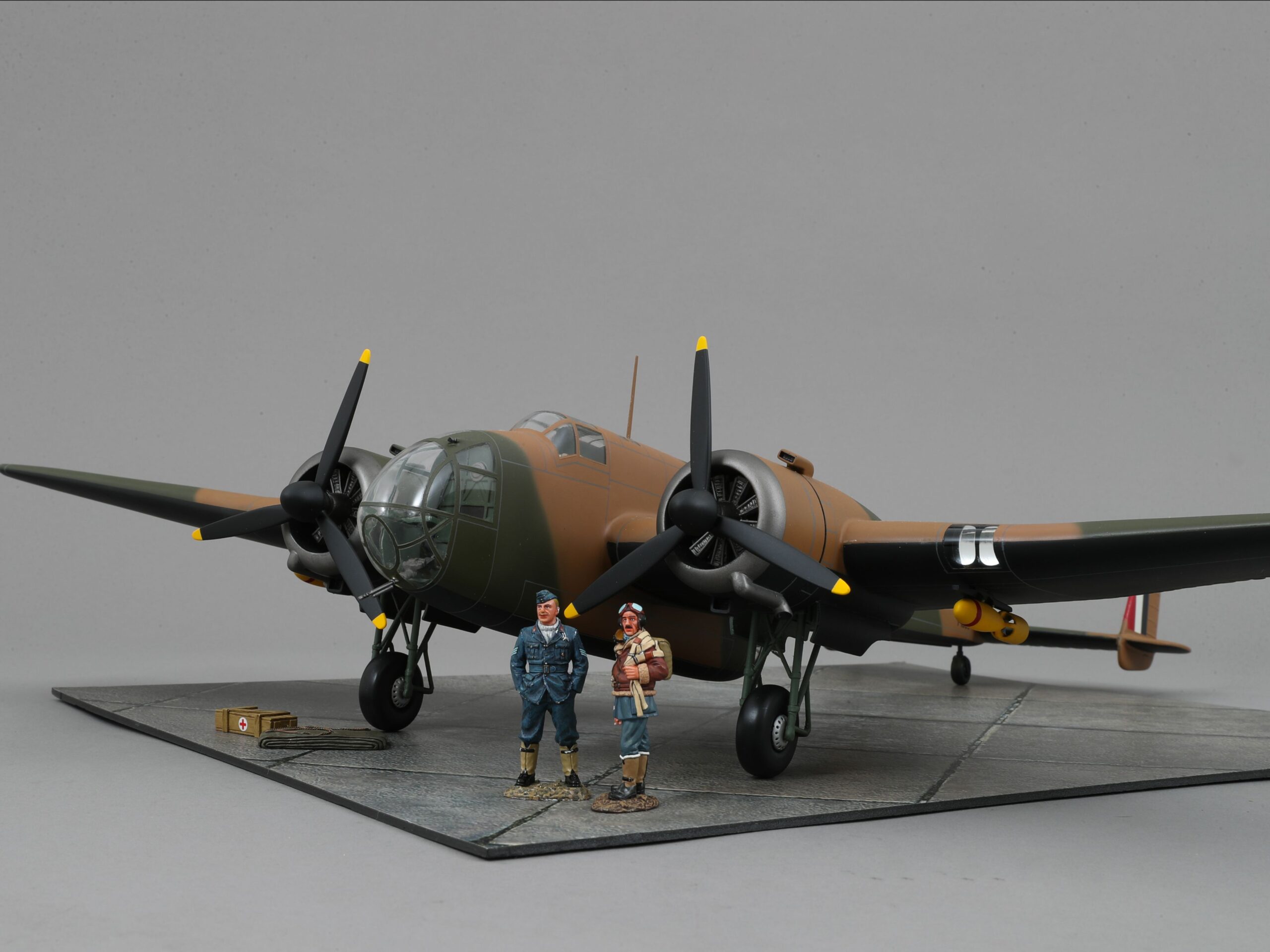
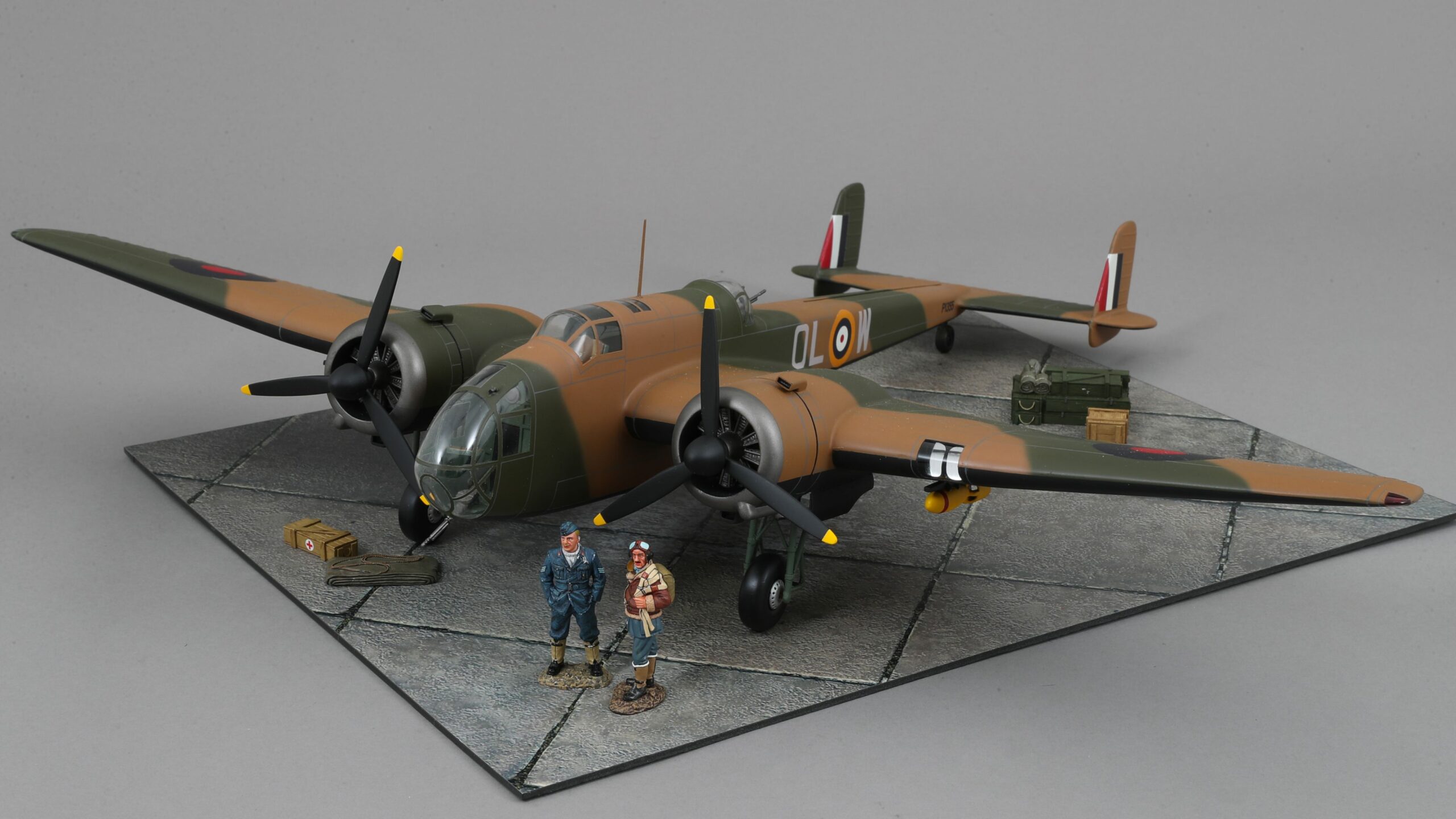
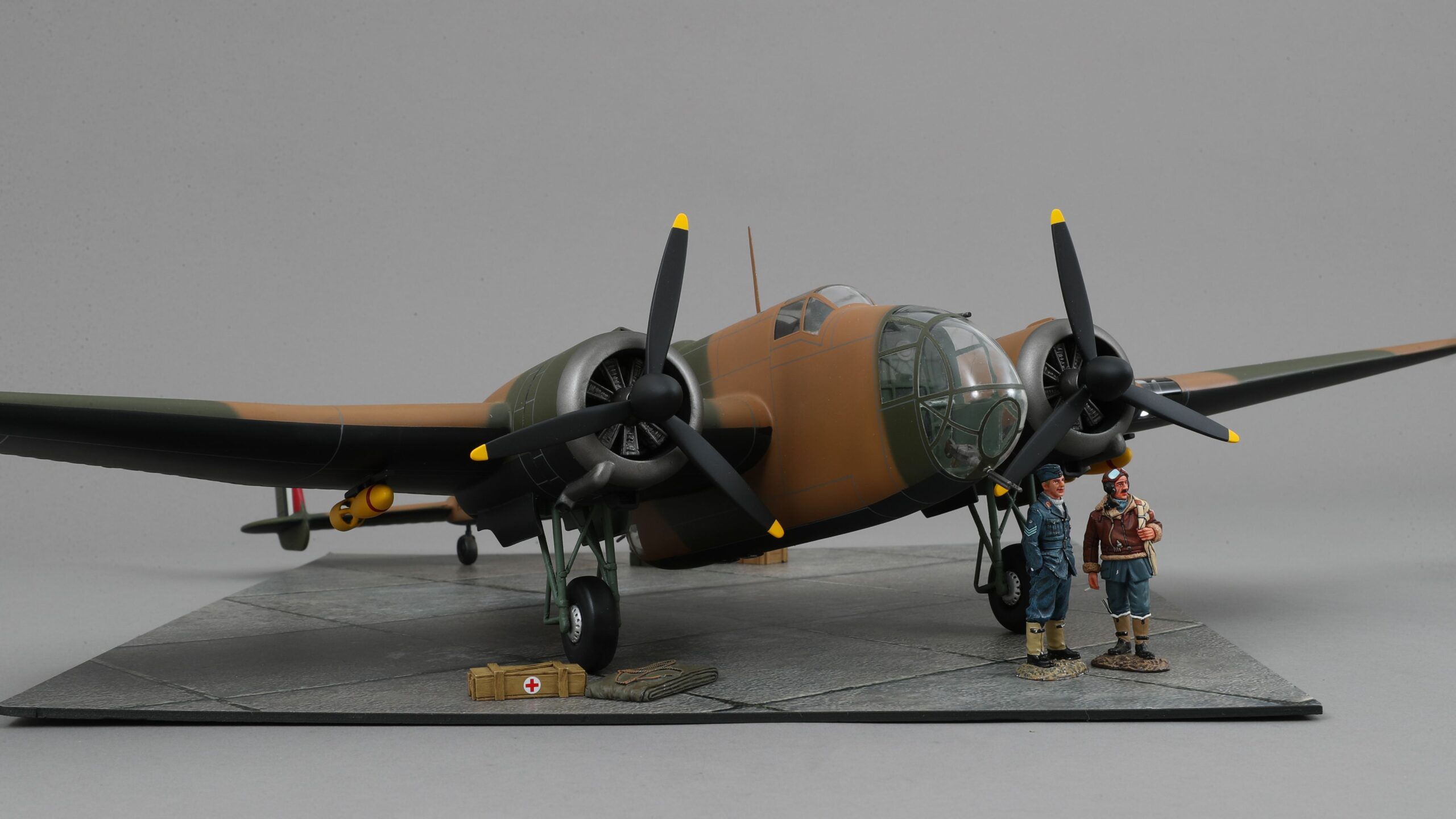
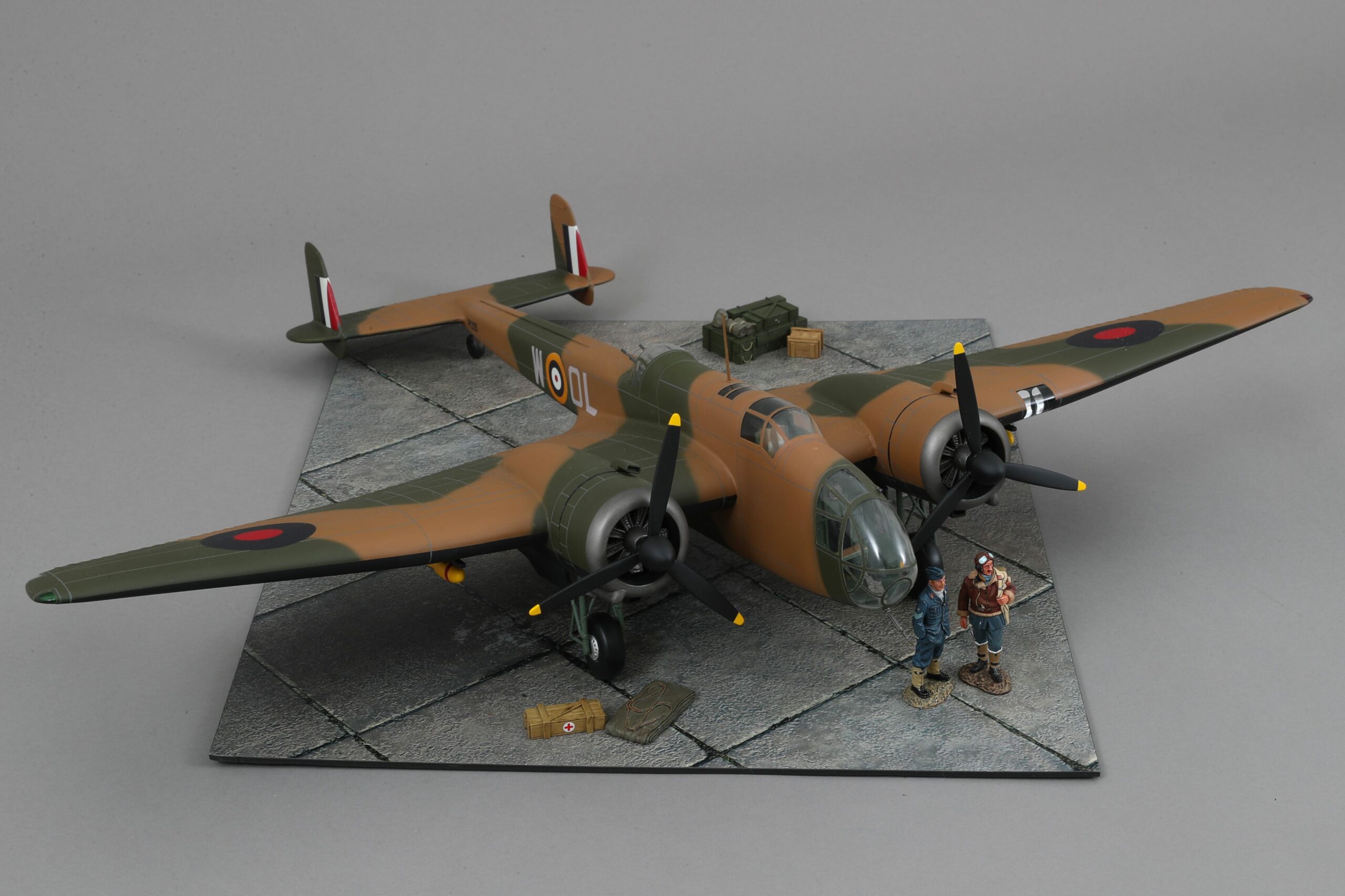
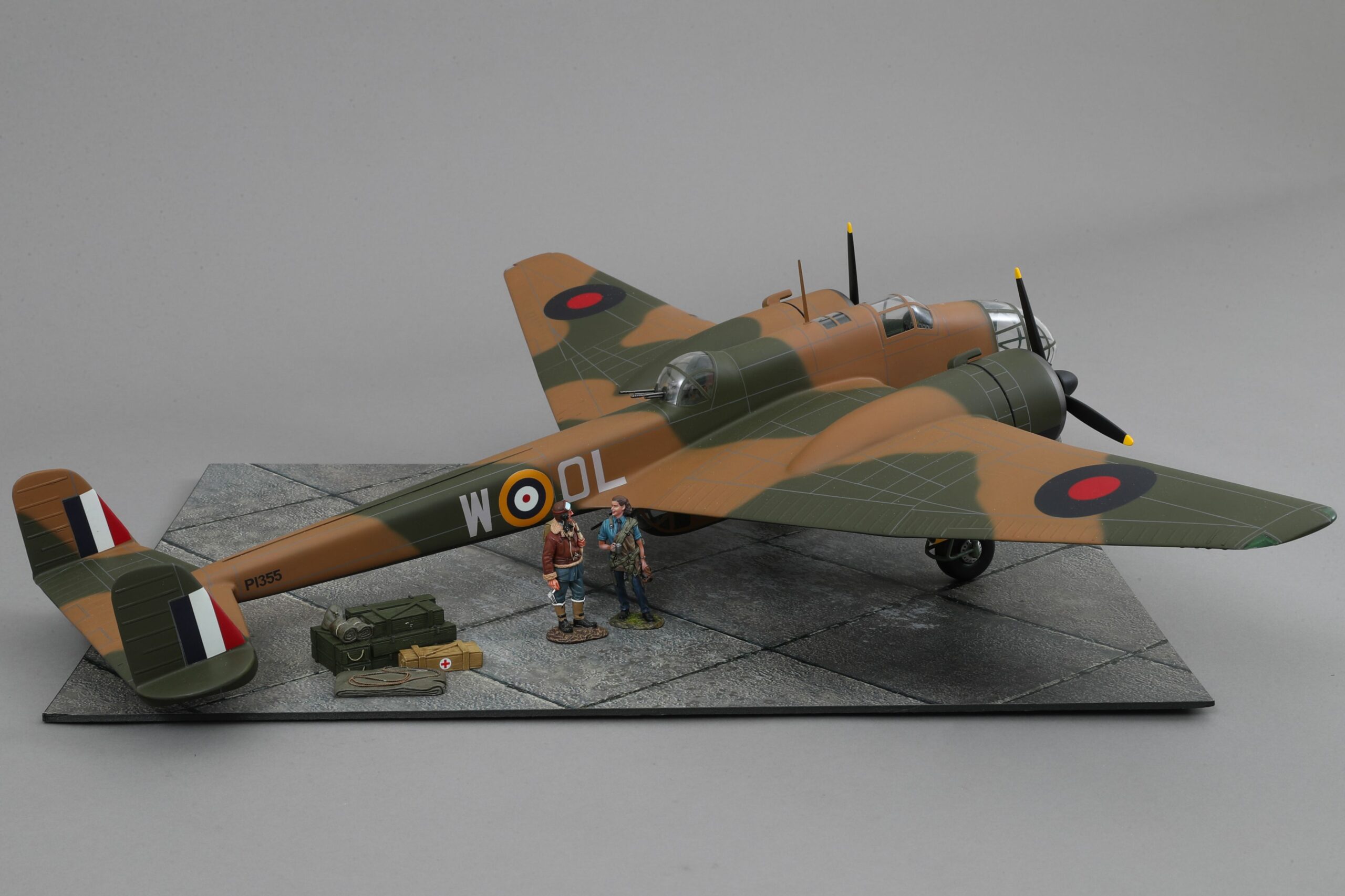
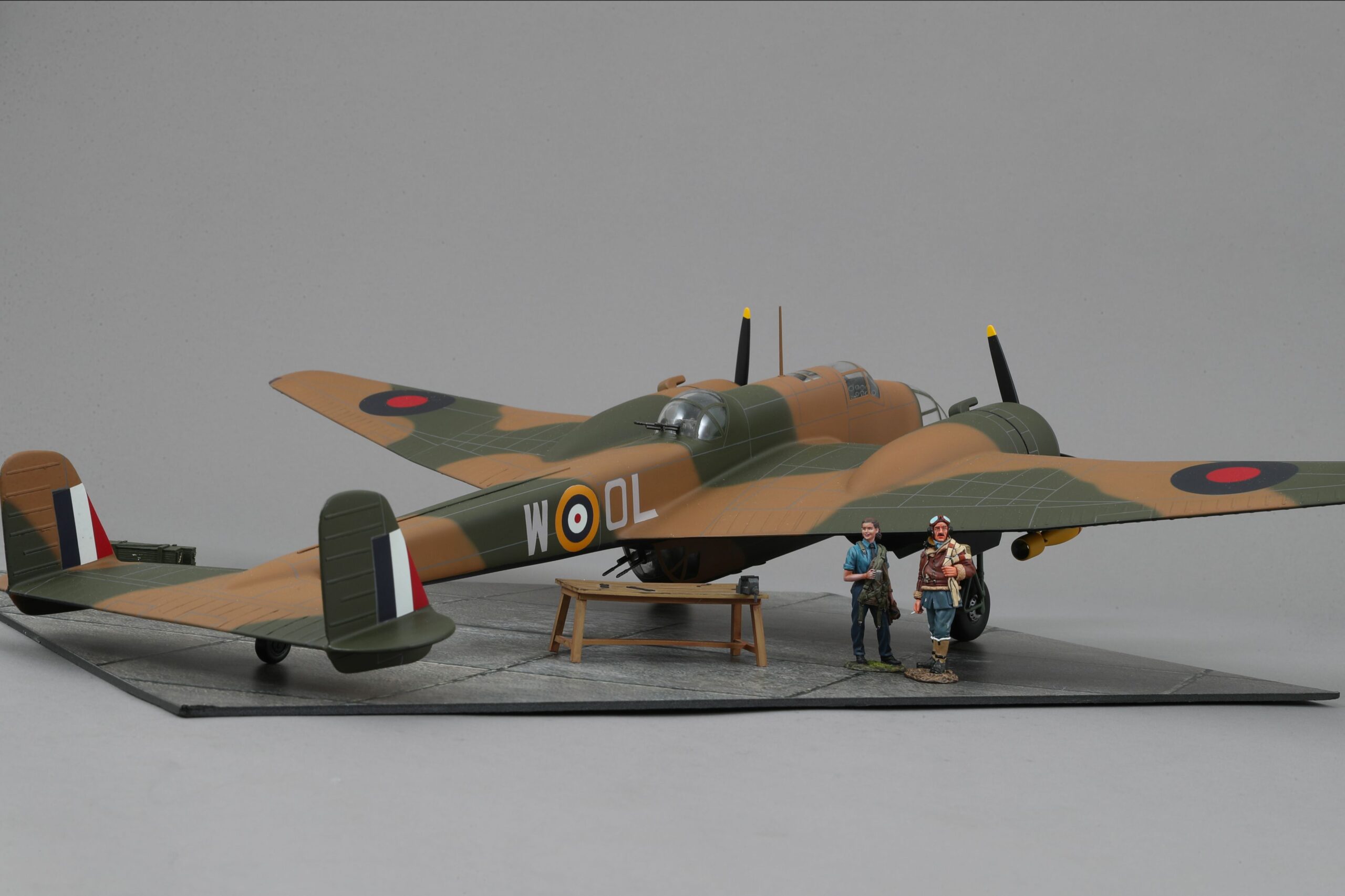
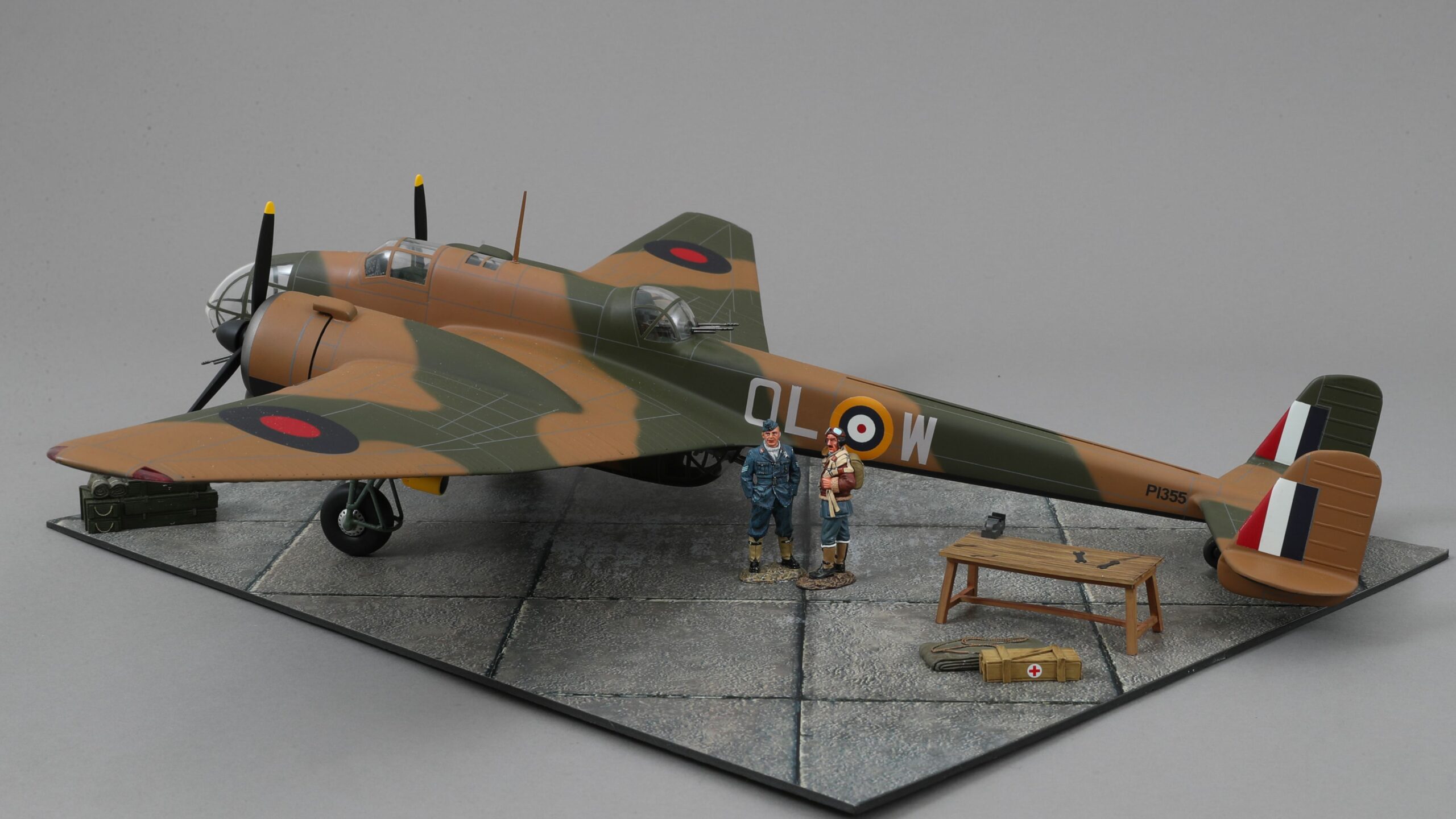
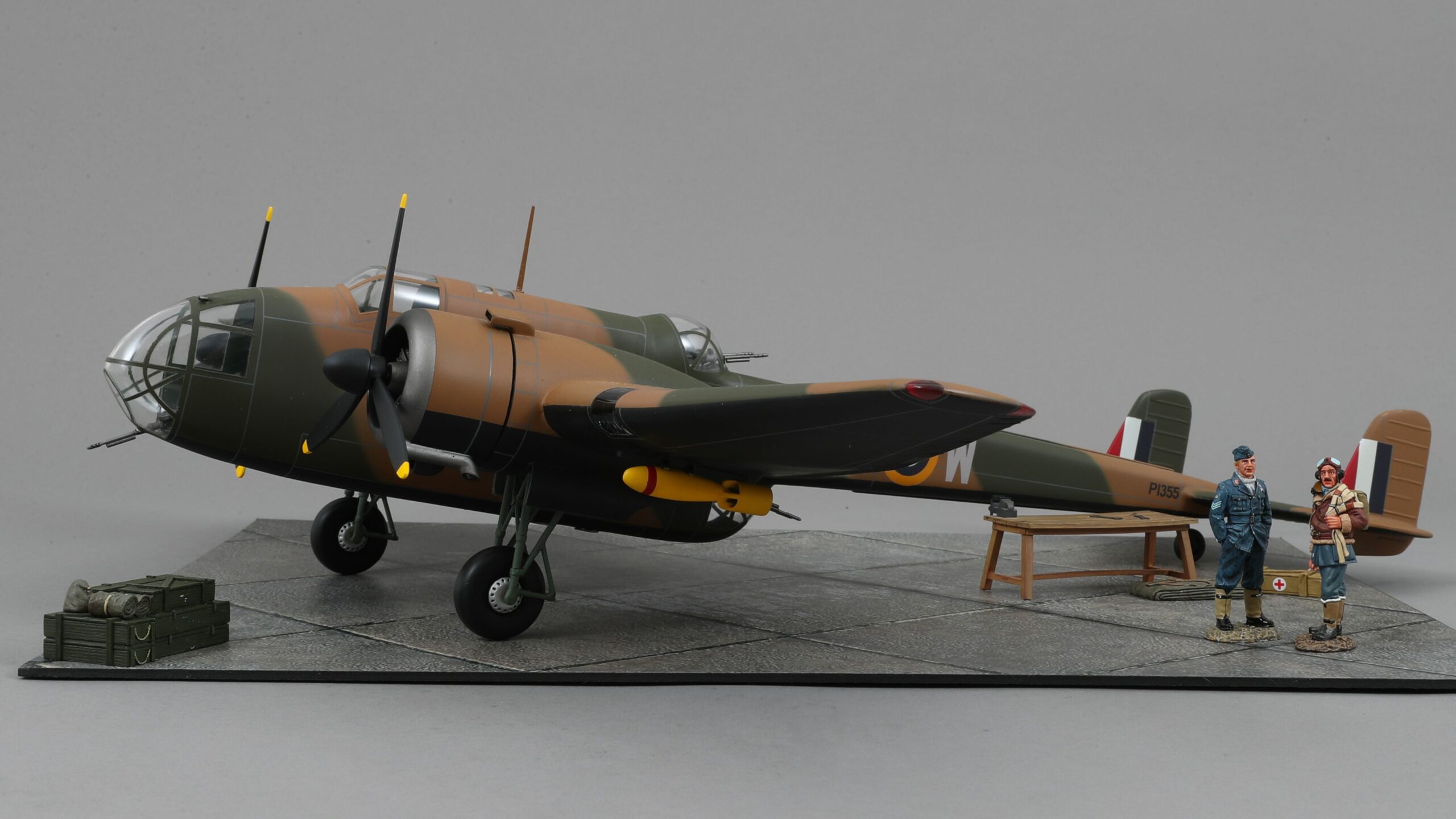
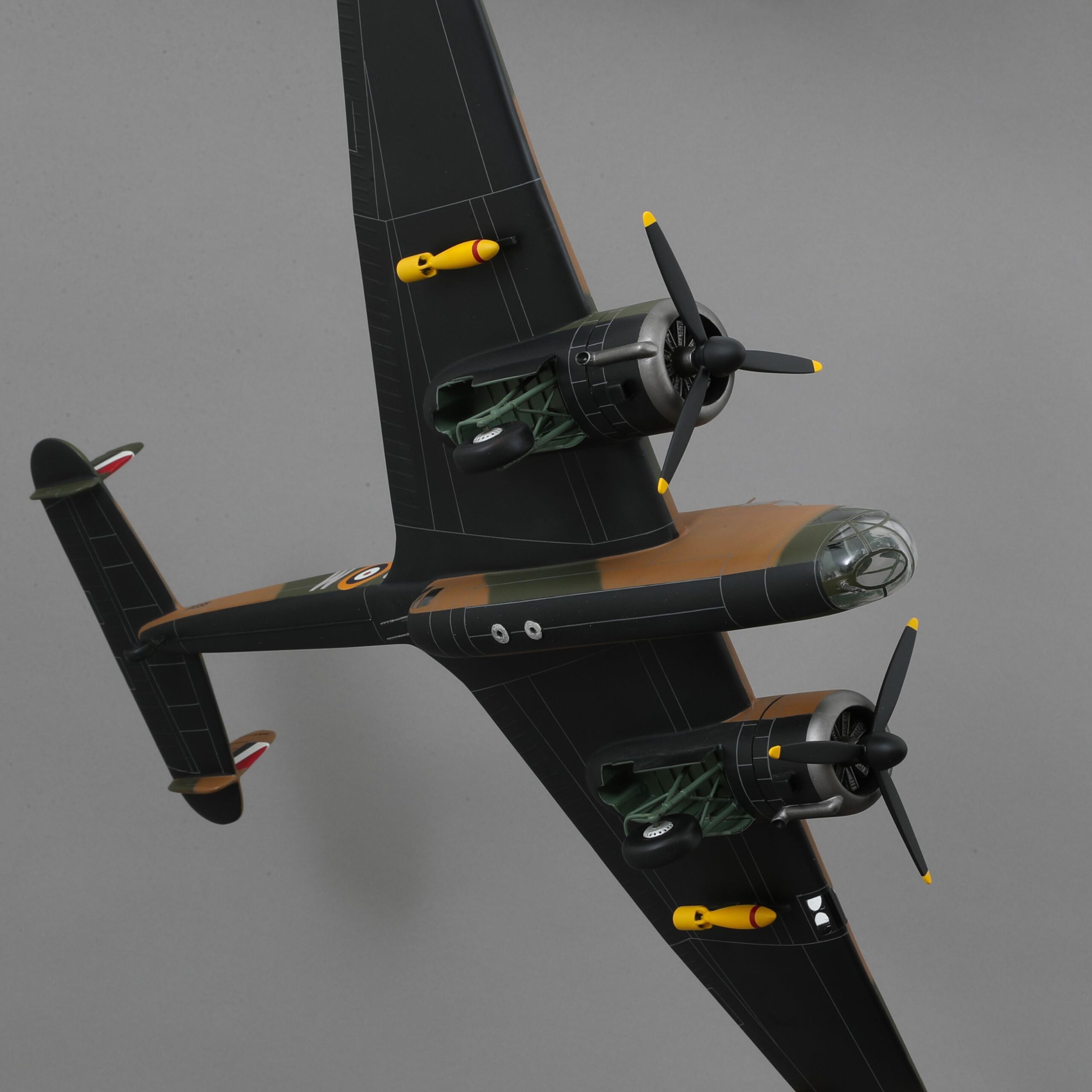
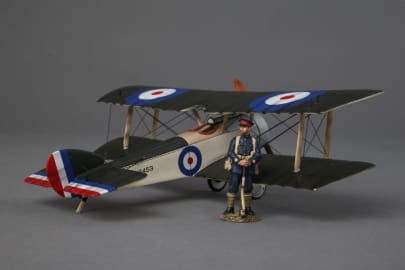
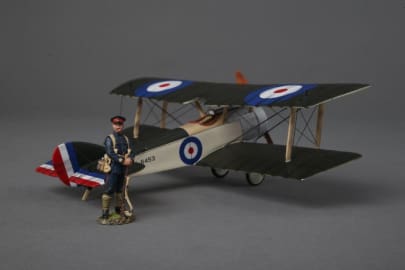
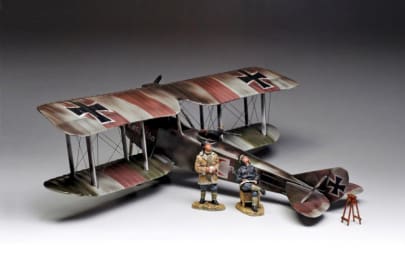
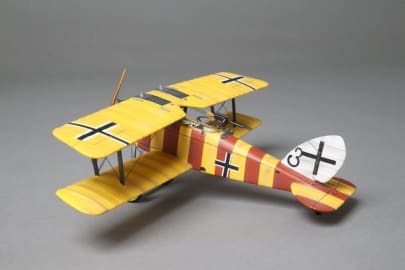
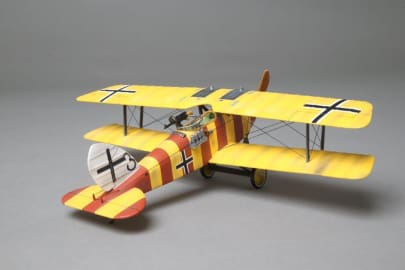
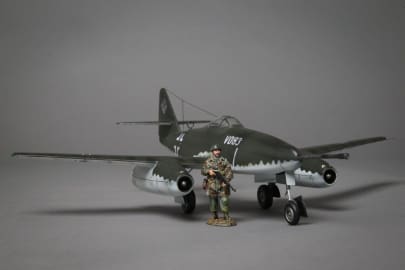
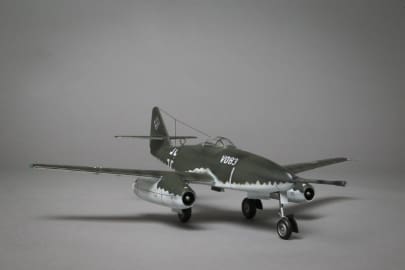
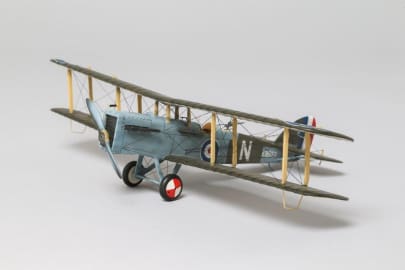
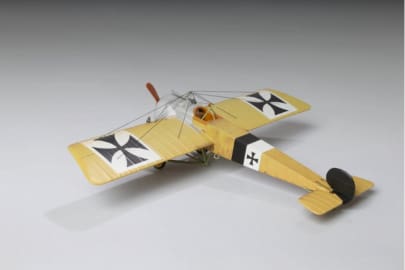
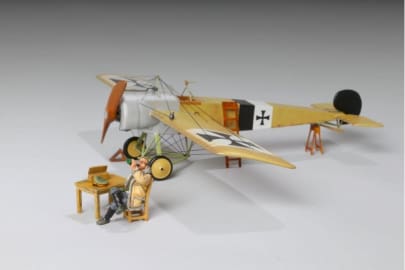
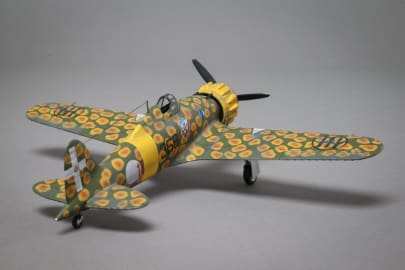
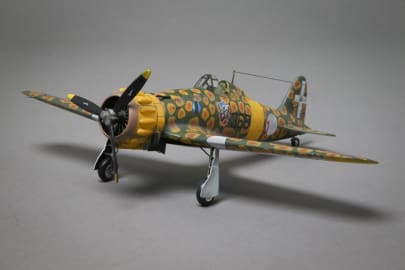
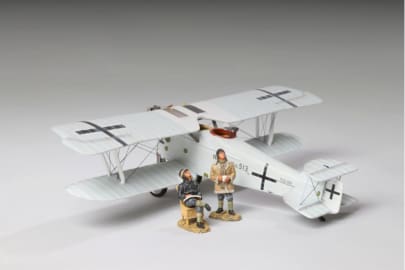
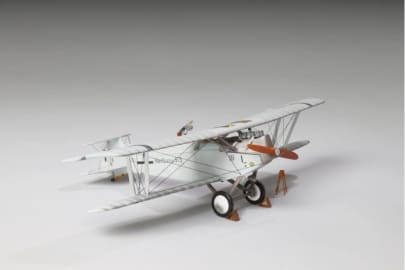
Reviews
There are no reviews yet.